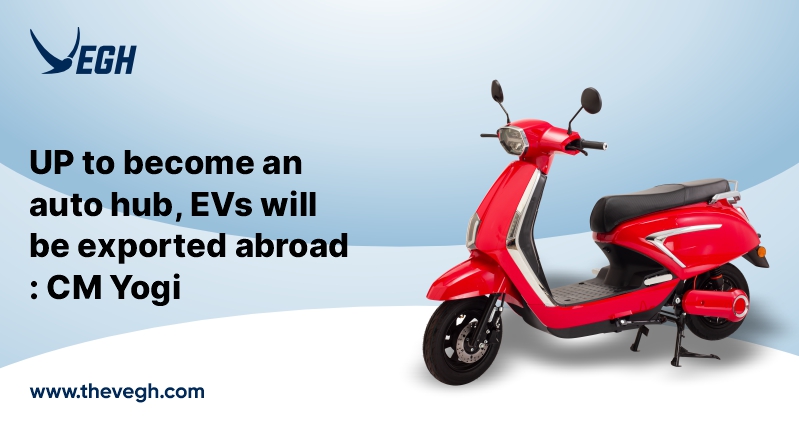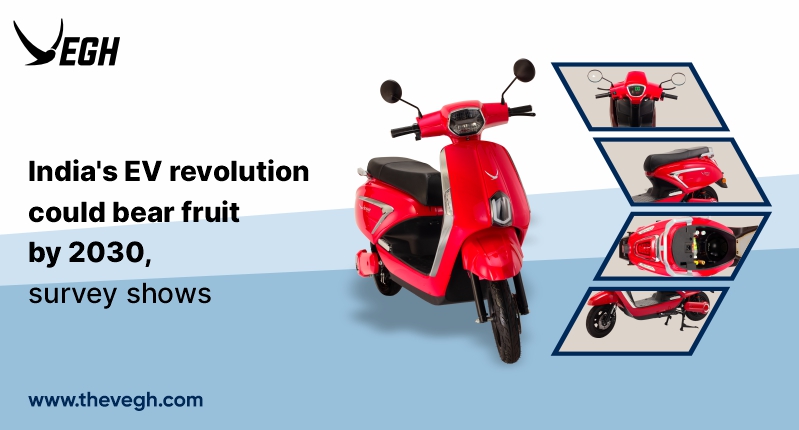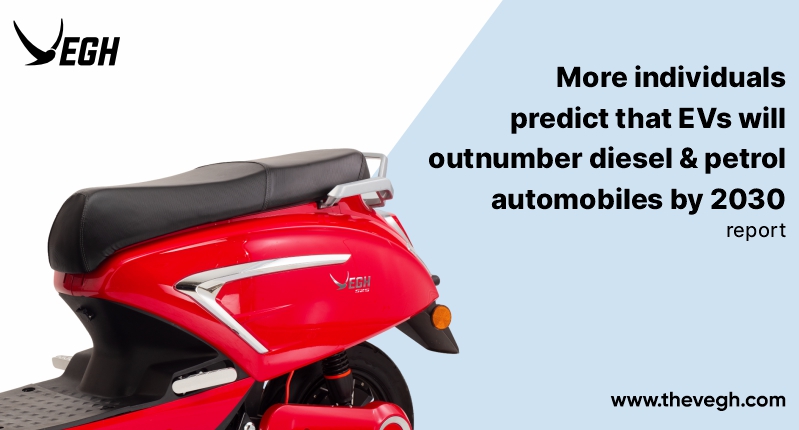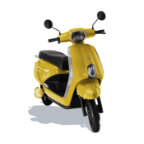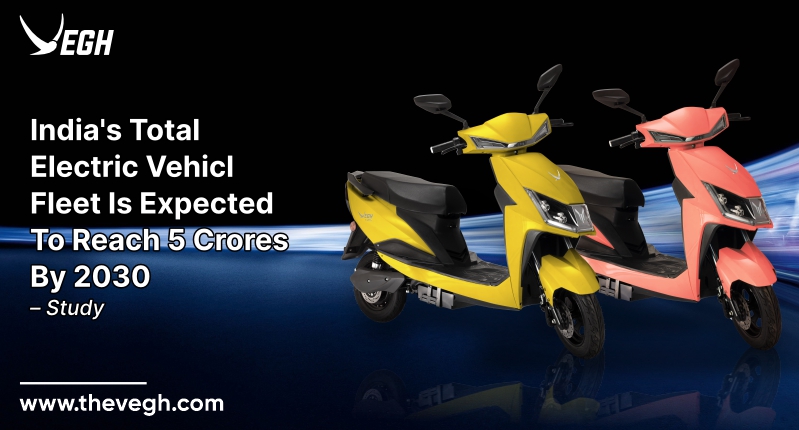
India’s total fleet of electric vehicles is anticipated to reach 5 crores by 2030, per KPMG. This offers tremendous potential for individuals involved in the charging infrastructure. A significant increase in electric car sales is anticipated in India; according to KPMG research, Electric vehicle charging is the next big opportunity in India. This is true despite the present low penetration rate of barely 1%.
According to the report, India’s electric mobility story has been developing quickly as EVs gradually become more commonplace. In the most recent fiscal year, EV sales increased by a factor of three. The expansion is driven by the two-wheeler, three-wheeler, and bus categories. It stated that as of March 2022, there were more than 1 million EVs on Indian roads. By 2030, there will probably be 45-50 million EVs, according to the report.
This presents a significant opportunity for the EV charging sector. According to the survey, there are currently just 1,700 public charging stations available in the nation, which is insufficient to sustain the rise of EVs.
According to the report, there has been a significant government push for the adoption of charging networks, and interest from both public and commercial entities has grown. This will probably attract the necessary investments in this field. The market for charging infrastructure is anticipated to expand quickly due to several factors that will affect the kinds and amounts of charging solutions required.
According to KPMG, the two-wheeler market has a development potential for the charging business of 15% to 20%. In addition, growth of between 50% and 60% is anticipated in 2030. Personal passenger vehicle sales are anticipated to increase by 8–10% by 2025, 35–40% by 2030, and 15-20% by 2025, respectively. Between 2025 and 2030, the number of four-wheeled commercial vehicles will increase by 15-20%, reaching 60-65%.
According to the analysis, there would be a 10-12% increase in electric bus charging in 2025 and a 45–50% increase in 2030. According to the research, three-wheeler sales should increase by 45–50% in 2025 and 90–95% in 2030. However, given that the majority of India’s vehicles are two- and four-wheelers, it was noted that the country’s requirements for charging infrastructure are special. In contrast, four-wheelers are more prevalent in developed nations.
According to the report, home/workplace and fleet charging solutions have the most promise. Eventually, public charging will be feasible as the market develops.

